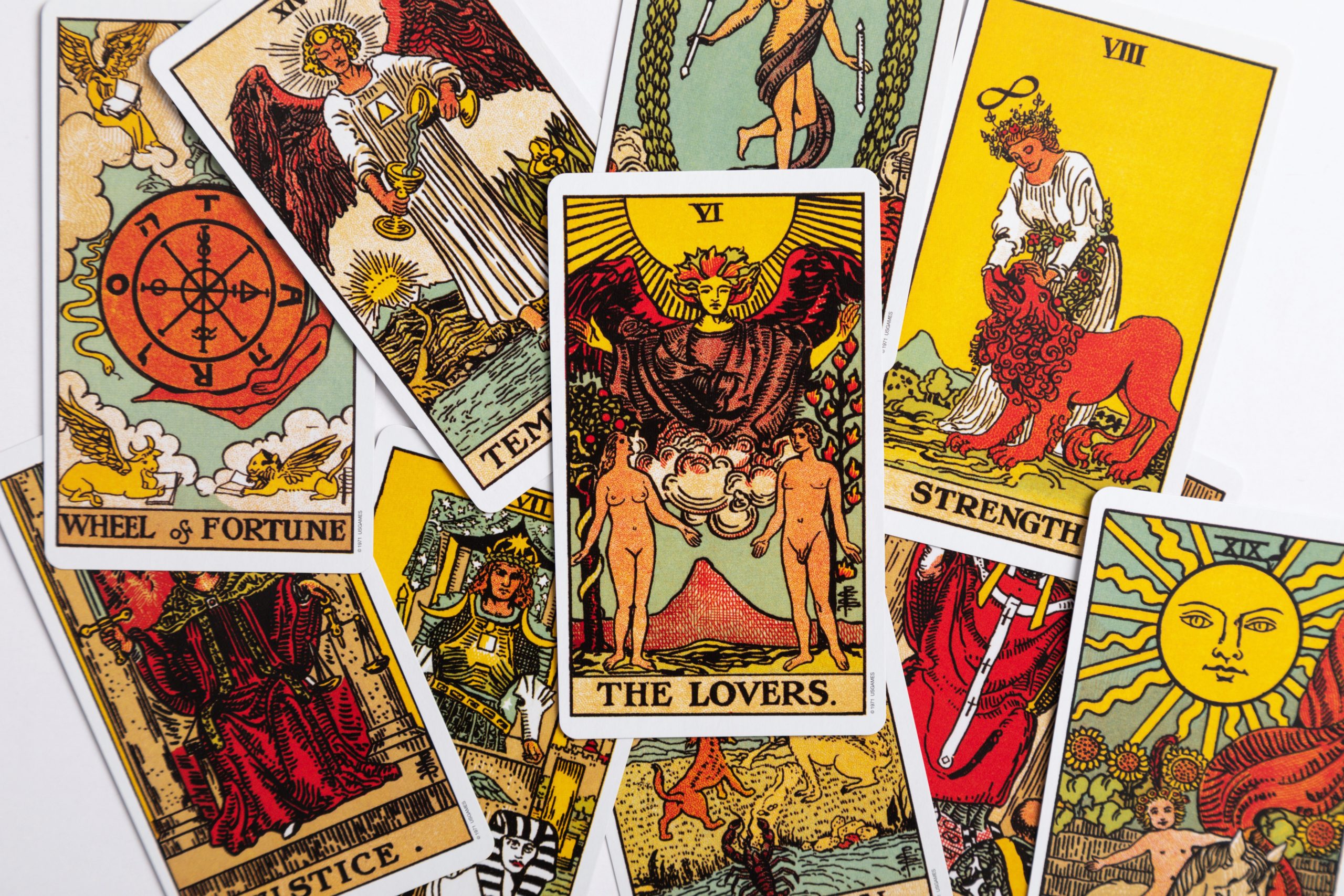The Hawthorn Tree: Unveiling its Celtic Meaning and Symbolism
The Celtic culture is deeply intertwained with nature and its symbolism. The Celts had a profound connection with trees, as they believed they were sacred and held a wealth of meaning and wisdom. One such tree that held special significance in Celtic mythology and folklore is the hawthorn tree.
The Power and Beauty of the Hawthorn Tree
The hawthorn tree, also known as Crataegus monogyna or the May tree, is a small, deciduous tree native to Europe, North Africa, and Western Asia. It is commonly found in hedgerows, woodlands, and meadows and is easily recognized by its stunning white or pink flowers, vibrant green leaves, and thorny branches.
Celtic mythology attributed the hawthorn tree with magical qualities and considered it a gateway to the Otherworld, a realm where divine beings and ancestral spirits resided. It was believed that these mystical trees held the power to bestow blessings, protection, and good fortune upon those who respected them.
The Celtic Calendar and the Hawthorn Tree
In the Celtic calendar, each month was associated with a specific tree, which represented the energy and characteristics of that time of the year. The hawthorn tree was particularly connected to the month of May, known as “Bealtaine” in the Celtic tradition.
Bealtaine marked the beginning of summer and was seen as a time of fertility, growth, and rebirth. The hawthorn tree, with its blooming flowers and lush leaves, perfectly encapsulated this season of vitality and new beginnings.
The Celts celebrated Bealtaine with rituals and festivities centered around the hawthorn tree. They believed that by paying homage to the tree, they would ensure bountiful harvests, protection, and ward off evil spirits.
The Symbolism of the Hawthorn Tree in Celtic Mythology
According to Celtic folklore, the hawthorn tree was associated with several deities and mythical creatures, each bestowing a unique meaning upon the tree:
1. The Faery Tree
The hawthorn tree was often regarded as a dwelling place for faeries and other ethereal beings. It was believed that these magical creatures were guardians of the tree and would grant protection to those who approached with respect.
Caution was advised when interacting with a hawthorn tree, as it was believed that cutting or damaging one would anger the faeries, resulting in misfortune or even death.
2. The Tree of Love and Romance
In Celtic love stories, the hawthorn tree played a significant role. It was often seen as a meeting point for lovers, symbolizing the merging of physical and spiritual realms. Couples would exchange vows and promises beneath its branches, believing it would strengthen their bond.
The hawthorn tree’s association with romance and passion is also reflected in its blossoms, which were customarily used in traditional Celtic wedding ceremonies.
3. The Tree of Protection
The thorny branches of the hawthorn tree were often viewed as natural barriers against negative energies and evil spirits. It was common for people to plant hawthorn trees near their homes to safeguard their property and loved ones from harm.
Moreover, the hawthorn tree was believed to possess the ability to reveal hidden messages through its branches. Some individuals sought guidance by studying the growth patterns and the formation of branches, considering them as omens or messages from the Otherworld.
The Modern Interpretation of the Hawthorn Tree
1. Healing and Medicinal Properties
Today, the hawthorn tree is still revered for its medicinal properties. Its flowers, leaves, and berries have traditionally been used to promote cardiovascular health, alleviate anxiety, and improve digestion.
The hawthorn’s association with healing is not limited to the physical realm but extends to emotional and spiritual well-being as well.
2. Resilience and Transformation
The hawthorn tree’s symbolism also resonates with qualities of resilience and transformation. Despite its thorny exterior, it produces delicate, fragrant blossoms, reminding us that strength can emerge from adversity.
The hawthorn tree’s ability to transform throughout the seasons mirrors our own capacity for growth and adaptation.
In Conclusion
The hawthorn tree holds a special place in Celtic mythology and symbolism, representing a connection to nature, the Otherworld, and the cyclical nature of life. Its association with protection, love, and transformation transcends time and continues to inspire awe and fascination.
As we contemplate the hawthorn tree’s ancient and modern significance, let us remember to honor and appreciate the wisdom and beauty that nature provides, drawing inspiration from these enduring symbols.
Table of Contents
